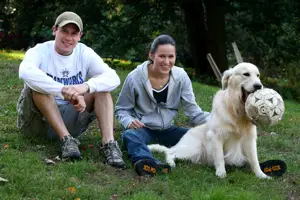 Flickr has caught on not only with individuals, but also with certain organizations. They have discovered that flickr can bring attention to their causes, their members, their goals, and their achievements. Recently, flickr and TechSoup, which helps nonprofits share and learn about technology, began a new program called Flickr for Good.
Flickr has caught on not only with individuals, but also with certain organizations. They have discovered that flickr can bring attention to their causes, their members, their goals, and their achievements. Recently, flickr and TechSoup, which helps nonprofits share and learn about technology, began a new program called Flickr for Good.
Flickr for Good will provide 10,000 almost-free pro memberships to registered nonprofit organizations and certain libraries in the United States and Canada. I say “almost-free” because while the memberships themselves are free, there is a small administrative fee of $3 per account.
Many groups have already taken advantage of this offer. For example, The Nature Conservancy has a flickr site that ran a digital photography contest that received more than 11,000 entries. Interplast, a group that provides free reconstructive surgery to children in underdeveloped areas, shows before and after photos of patients, as well as images of their own workers. Oxfam sponsored a Starbucks photo petition showing images of people holding signs that said “I support Ethiopian Coffee Farmers.”
Organizations can use flickr to publicize themselves and their work,

 That said, we should add a few caveats. First, be sure you understand the various types of licensing before you begin. Some images cannot legally be altered. Others can be used only for noncommercial sites. The various types of licensing are clearly explained in an article on skelliewag.org.
That said, we should add a few caveats. First, be sure you understand the various types of licensing before you begin. Some images cannot legally be altered. Others can be used only for noncommercial sites. The various types of licensing are clearly explained in an article on skelliewag.org.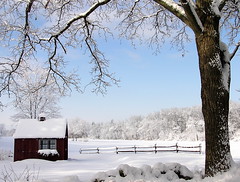
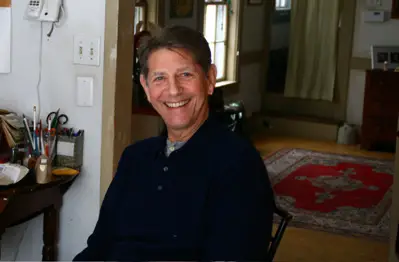 Recently, my brother came to visit. He and another friend of mine had an animated conversation in my kitchen. These were two very large guys and their expansive gestures and expressions really captured my interest. I grabbed a camera and took a whole series of pictures of them holding their conversation in my cluttered kitchen.
Recently, my brother came to visit. He and another friend of mine had an animated conversation in my kitchen. These were two very large guys and their expansive gestures and expressions really captured my interest. I grabbed a camera and took a whole series of pictures of them holding their conversation in my cluttered kitchen.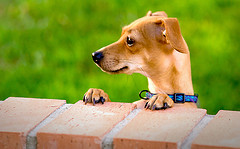 2. Try to capture a characteristic action or activity. If you’re shooting your pet, you know its personality. Try to take a picture that reflects some characteristic, such as curiosity, goofiness, adoration, or self-possession. You do not have to include every inch of your pet, only the parts needed to express what you’re trying to capture. This image by
2. Try to capture a characteristic action or activity. If you’re shooting your pet, you know its personality. Try to take a picture that reflects some characteristic, such as curiosity, goofiness, adoration, or self-possession. You do not have to include every inch of your pet, only the parts needed to express what you’re trying to capture. This image by 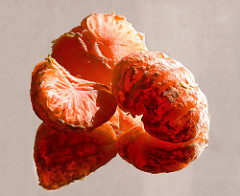
 If you would like to be inspired by photographs, take a look at the winners in the PDNOnline Digital Imaging Contest 13. I was surprised not only at the variety of work displayed there, but also at how appealing many of the images were.
If you would like to be inspired by photographs, take a look at the winners in the PDNOnline Digital Imaging Contest 13. I was surprised not only at the variety of work displayed there, but also at how appealing many of the images were.